The American market has become easier to penetrate since the CPTPP Agreement, but geographical distance and language barriers make most Vietnamese businesses still hesitant to approach this market.
The hard times are over but the worries remain.
The Comprehensive and Progressive Agreement for Trans-Pacific Partnership (CPTPP), which officially took effect in Vietnam on January 14, 2019, has boosted Vietnam's trade with markets in the Americas, especially Canada, Mexico and Peru.
Mr. Vu Duc Giang, Chairman of the Vietnam Textile and Apparel Association (VITAS), said that in the past, it was very difficult for the Vietnamese textile and garment industry to penetrate the American markets. Thanks to the CPTPP agreement, the textile and garment industry has been able to enter this market more easily, achieving high growth rates in Canada and Mexico.
“We are gradually adapting to the American market. Before, we had never produced orders for a single product line, but now many shirt factories accept orders for up to 8 million products/year from individual orders, even industrially produced suits accept individual orders,” said Mr. Giang.
However, opportunities are also intertwined with challenges. The Chairman of VITAS shares the concerns of those who are producing and exporting to the American market.
First of all, there is great pressure on evaluation standards, each brand sets its own standards. Next is the risk of late payment (some orders are forced to be paid up to 120 days late). Then there are standards and terms that are very difficult to relate to sustainable development such as recycled products, environmentally friendly products...
Vietnamese textile and garment enterprises are having to continue negotiating with buyers in the Americas to limit risks.
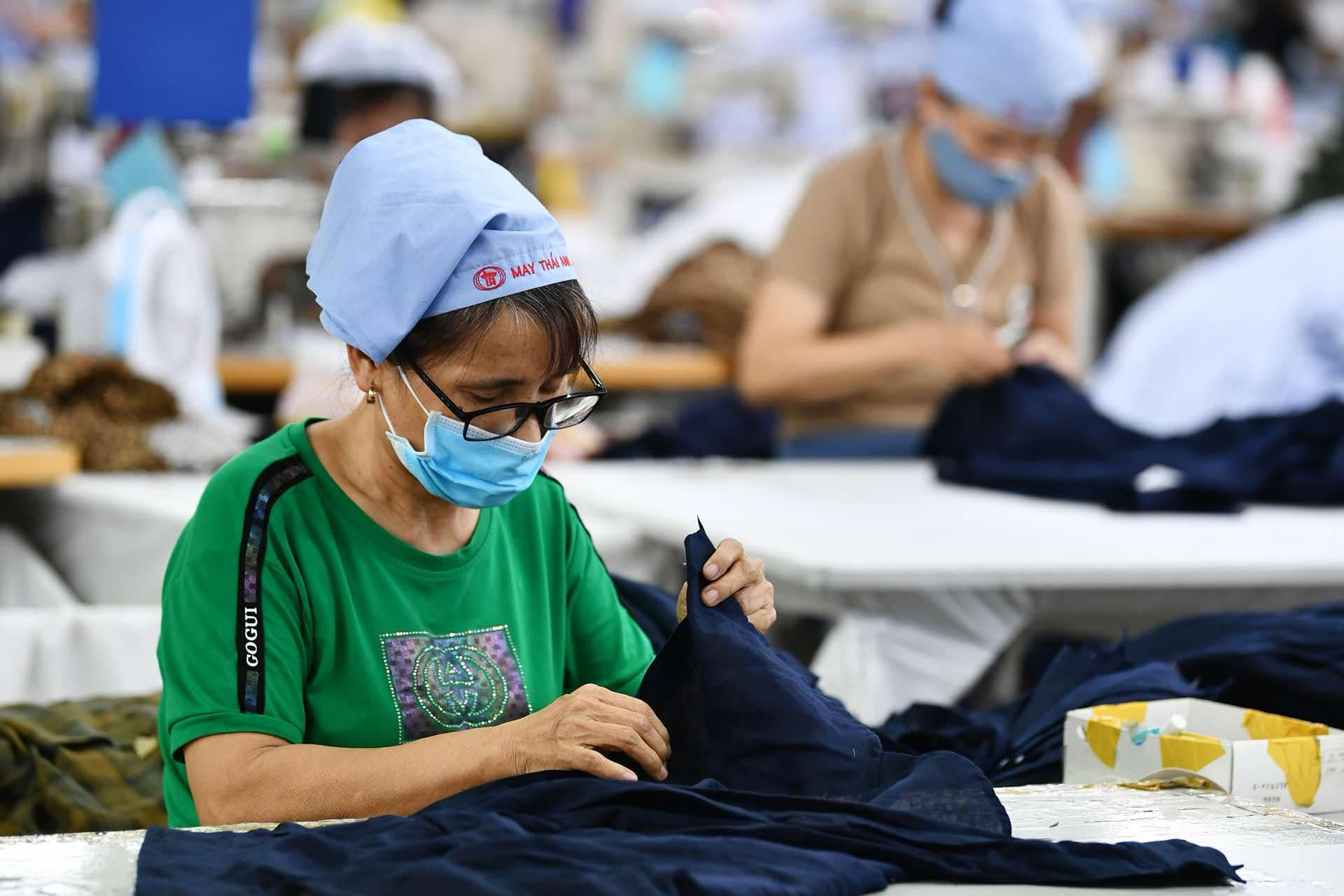
Ms. Phan Thi Thanh Xuan, Vice President and General Secretary of the Vietnam Leather, Footwear and Handbag Association (LEFASO), also said that the leather and footwear industry has taken advantage of opportunities from the CPTPP.
The Canadian market used to be quite “closed” to footwear, but Canadian importers are now looking for direct supplies from Vietnam. Footwear exports last year recorded large growth to the Americas, especially Canada (over 40%) and Mexico (50%).
However, Ms. Xuan also pointed out some major challenges for domestic footwear companies. Typically, CPTPP requires very high certification of origin. The transparency of the document system must be greatly improved. Not all businesses are capable of meeting that requirement.
On the other hand, with environmental and labor requirements set by brands, governments of each country also have their own mandatory regulations, leading to a situation where the same requirement requires multiple factory audits, creating a burden for businesses.
The Vice President of LEFASO noted that most Vietnamese small and medium-sized enterprises have not yet taken advantage of the opportunities from CPTPP to enter the American market due to lack of information and access resources.
Import and export ratio is still modest
Geographical distance and language barriers make most Vietnamese businesses hesitant to approach and not really interested in the American market, especially some Latin American countries.
While America is a large market, if Vietnamese businesses can take advantage of "gateway" markets such as Canada, Peru, etc., they will greatly increase their ability to diversify their markets.
Mr. Nguyen Hoang Long, Deputy Minister of Industry and Trade, commented that in recent years, the cooperative relationship between Vietnam and the Americas has been strengthened through a number of strategic commitments, but there is still much untapped potential. The added value of Vietnamese goods exported to the Americas is still low; the proportion of Vietnamese goods in the import structure of the Americas is still limited.
Mr. Ngo Chung Khanh, Deputy Director of the Multilateral Trade Policy Department - Ministry of Industry and Trade, added: Import and export to the three American countries including Canada, Mexico, and Peru only accounts for 2% of Vietnam's total import and export turnover, while the market potential is very large.
“Since 2019, we have mentioned taking advantage of the opportunities from the CPTPP Agreement to enter the American market as soon as possible. However, Vietnamese enterprises have not yet devoted many resources to this market. Recently, Indonesia has officially submitted an application to join the CPTPP. Our advantages over countries in the ASEAN region will become increasingly less,” Mr. Khanh worried.
Vietnam is the 7th member to ratify the CPTPP Agreement. According to the rotation mechanism, in 2026, Vietnam will assume the role of Chairman of the CPTPP Council.
“We have strategic and key export products to the American markets, but the market share is still modest. We need to identify which businesses/industries need to be promoted, develop policies to promote them, and deal with any problems,” Mr. Khanh recommended.
Source: https://vietnamnet.vn/doanh-nghiep-viet-dung-ngai-vao-thi-truong-chau-my-2366754.html






















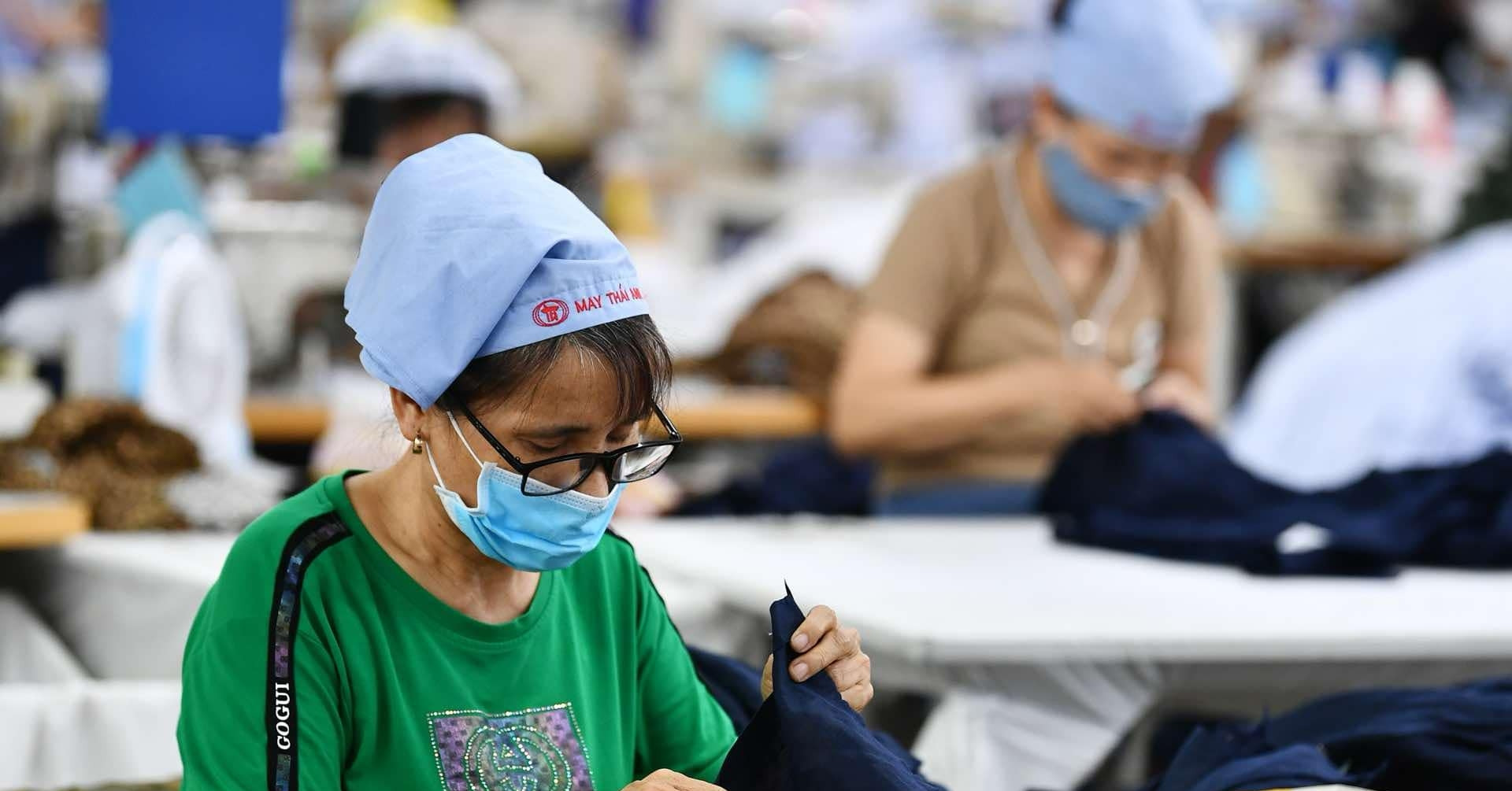









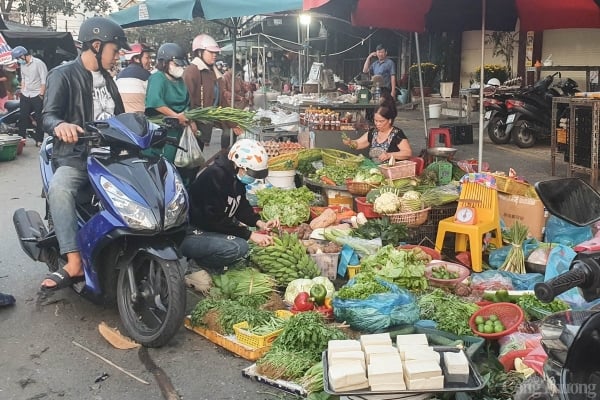
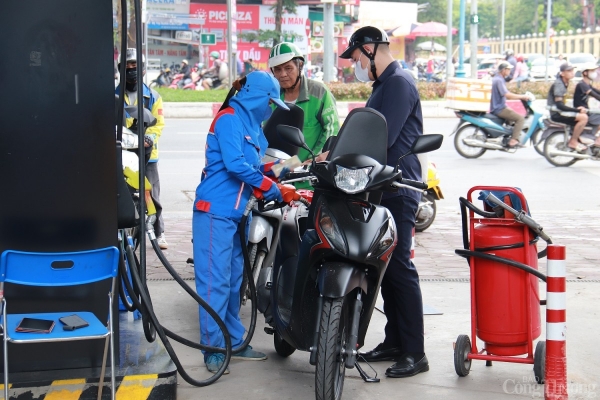
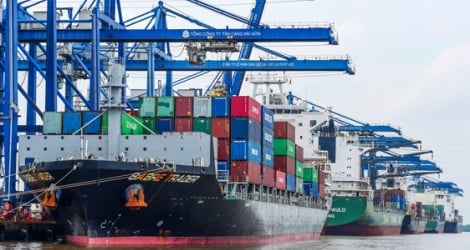




















Comment (0)